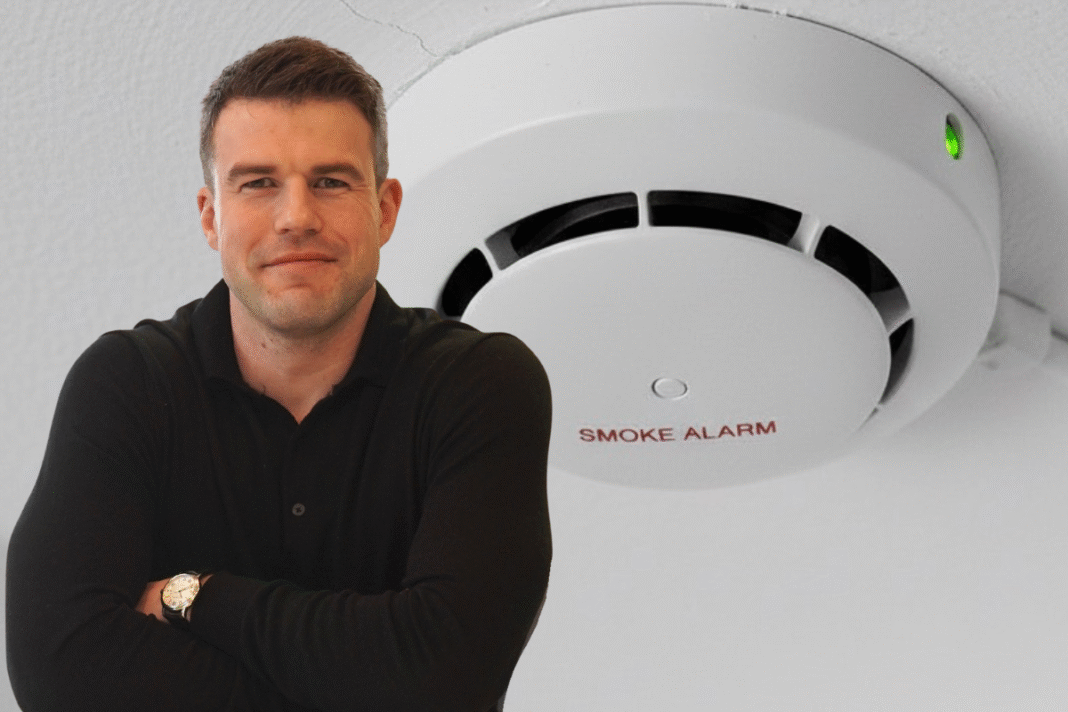Nearly 500 fires have been recorded in medium and high-rise apartments in England where smoke alarms did not sound according to official data.
On 44 occasions, these fires resulted in at least one fatality or casualty. The findings were made by Drax Technology, a UK provider of fire and life safety compliance software, which analysed data collected by Fire and Rescue Services across England.
The dataset covers residential medium to high-rise apartments of four storeys and above, for the period 1 April 2024 to 31 March 2025.
In each case a smoke detector was present but did not operate. The vast majority were mains powered rather than battery operated but on 17 occasions, the alarm was found to either be missing batteries, or the battery was defective. In 21 out of the total 443 fires recorded, the alarm was found to be either faulty or incorrectly installed.
COMMON CAUSES
The fires were most often caused by cookers/ovens, with commonplace appliances such as hair dryers, grill/toasters, fridge/freezers, microwaves, kettles, electric blankets, tumble dryers and deep fat fryers all cited.
In many cases, the alarm did not activate because the fire had not reached it or was in an area outside the system’s coverage.
However, someone still deemed it necessary to call the fire brigade, and in around half of the incidents recorded, at least four service vehicles attended.
Drax Technology says the findings highligh the urgent need for residential building managers to have properly installed and well-maintained fire alarm systems with remote management capabilities.
WAKE-UP CALL
David Simpson (main picture, inset), Group Product Director at Drax Technology, says: “This research is a wake-up call for anyone responsible for keeping residents safe, whether in Build to Rent developments, social housing, or private apartments.
“Fire alarm systems can only protect people if they’re properly maintained, tested, and monitored in real time.
“A smoke alarm that doesn’t work, or is installed incorrectly, is as dangerous as having no alarm at all. Building managers have a duty to act and today’s fire safety technology makes that easier than ever. With real-time monitoring and instant fault detection, issues can be identified and resolved long before they put lives at risk.”
NO ROOM FOR GUESSWORK
Nationally, 4,648 fires across all property types were recorded where the alarm hadn’t operated, meaning incidents in medium and high-rise buildings accounted for around one in ten.
Simpson adds: “A live, digital record of a building’s safety information is essential to closing the gaps that put lives at risk. In fire safety, there’s no room for guesswork, you can’t rely on outdated systems or shift responsibility. To manage safety effectively, you need the full picture.
“With real-time monitoring and event tracking, building managers can see how alarms are performing across every property, every day. That visibility means faults are fixed sooner, false alarms reduced, and compliance maintained with confidence. Most importantly, it gives residents the reassurance that their alarms will sound when they need them most.”









